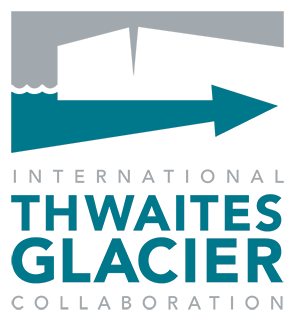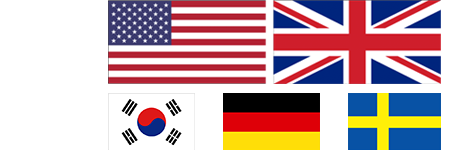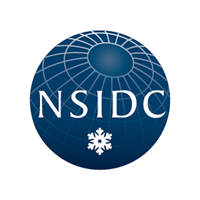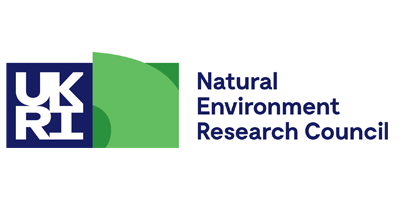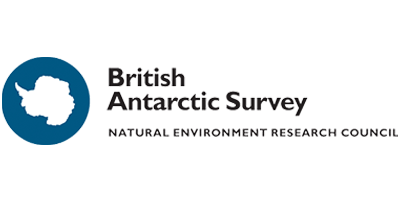Registration for UK teachers is now open! Registration for US teachers has ended and the US event is full. (as of Nov 6, 2019)
Borthwick ITGC:152
Borthwick, L., A. Muto, S. Anandakrishnan, K. Tinto, R. Agnew, A. Brisbourne, R. Schlegel, S. Killingbeck, B. Kulessa, R. Alley, A. Willet, and S. Melton. 2025. Rift-related sedimentary basin and deeper-seated mafic intrusions modeled beneath Thwaites Glacier, West Antarctica: Influence on glacier dynamics. Journal of Geophysical Research: Solid Earth, 130, e2025JB031716.
Banerjee ITGC:150
Banerjee, D., D. A. Lilien, M. Truffer, A. Luckman, C. T. Wild, E. C. Pettit, T. A. Scambos, A. Muto, K. E. Alley. 2025. Evolution of shear-zone fractures presages the disintegration of Thwaites Eastern Ice Shelf. Journal of Geophysical Research: Earth Surface, 130, e2025JF008352.
Agnew ITGC:141
Agnew, R. S., E. Pearce, M. Karplus, M. Ranganathan, A. O. Hoffman, M. Hunt, A. Pretorius, S. E. Shanly, M. Beres, K. K. Pradhan, Y. Seldon, A. D. Booth, R. A. Clark, T. J. Young. 2025. Active and Passive Seismic Surveys over the Grounding Zone of Eastwind Glacier, Antarctica. Seismological Research Letters 2025.
Nichols ITGC:140
Nichols, K. A., J. R. Adams, K. Brown, R. C. Creel, M. A. McKenzie, R. A. Venturelli, J. S. Johnson, D. H. Rood, C. Wilcken, J. Woodward, and S. J. Roberts. 2024. Direct geologic constraints on the timing of Late Holocene ice thickening in the Amundsen Sea Embayment, Antarctica. Geophysical Research Letters, 51, e2024GL110350.
Adams ITGC:139
Adams, J. R., P. J. Mason, S. J. Roberts, D. H. Rood, J. L. Smellie, K. A. Nichols, J. Woodward, and J. S. Johnson. 2025. Remote Mapping of Bedrock for Future Cosmogenic Nuclide Exposure Dating Studies in Unvisited Areas of Antarctica. Remote Sens. 17, (2), 314.
Wheel ITGC:137
Wheel, I., A. J. Crawford, and D. I. Benn. 2024. Calving dynamics at Jakobshavn Isbrae (Sermeq Kujalleq) controlled by local geometry: insights from a 3D Stokes calving model. Journal of Glaciology, 70, e7.
